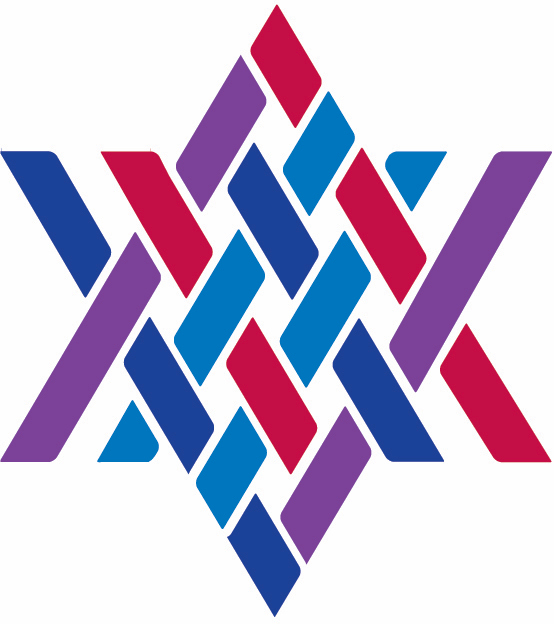Parashat BeMidbar
By Rabbi Alan Abraham Kay
The fourth book of our Torah is called BeMidbar in Hebrew, meaning, “in the desert,” and Numbers in English, referring to the first parashah (also called BeMidbar) in which we learn the numbers of men of military age who would defend the Israelites in the event of attack. In the second book of our Torah, Exodus, Moses had begun to lead the Israelites “in the desert” on their journey to the Promised Land of Canaan. Here, the journey continues.
The Israelites were a well-ordered people: the numbers of men able to bear arms is determined:the Kohanim, the Levites and Kohathites are given their specific responsibilities with respect to the Tabernacle while the other Israelites would be camped in four groups under their ancestral banners around the Tabernacle. These are a people to be reckoned with: liberated from Read More >

